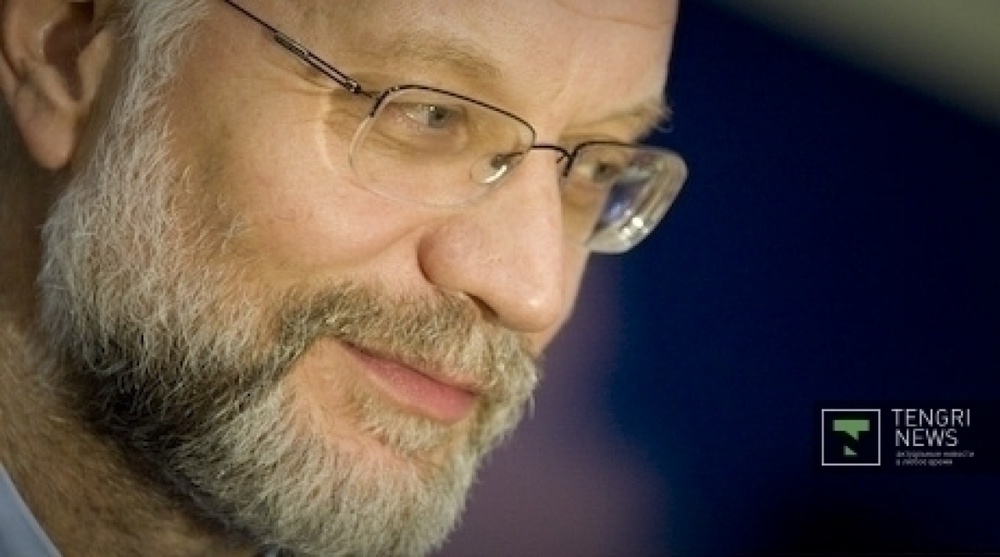
Kazakhstan’s National Bank has slashed its key rate from 7% to 6.5%, the Bank’s Press Service reports. “Given the current trends at the financial market and slowing annual inflation, the Bank decided to set the key rate at 6.5% starting from April 1, which is the lowest rate ever”, the release reads. Previously the key rate had been slashed February 14, 2012 from 7.5% to 7%. The 2011 annual inflation rate stood at 7.4%. At a press-conference February 14 the National Bank’s Governor Gregory Marchenko had pointed out that in April the key rate could be slashed even further if the inflation rate remains at the current level. According to him, the annual inflation as of February 1, 2012 stood at 5.9%. The key rate is the interest rate at which an eligible financial institution may borrow funds directly from the National (Central Bank). The National Bank uses the key rate to control the supply of available funds, which in turn influences inflation and overall interest rates. The more money available, the more likely inflation will occur. Raising the rate makes it more expensive to borrow from the National Bank. That lowers the supply of available money, which increases the short-term interest rates. Lowering the rate has the opposite effect, bringing short-term interest rates down.





Kazakhstan’s National Bank has slashed its key rate from 7% to 6.5%, the Bank’s Press Service reports.
“Given the current trends at the financial market and slowing annual inflation, the Bank decided to set the key rate at 6.5% starting from April 1, which is the lowest rate ever”, the release reads.
Previously the key rate had been slashed February 14, 2012 from 7.5% to 7%.
The 2011 annual inflation rate stood at 7.4%.
At a press-conference February 14 the National Bank’s Governor Gregory Marchenko had pointed out that in April the key rate could be slashed even further if the inflation rate remains at the current level.
According to him, the annual inflation as of February 1, 2012 stood at 5.9%.
The key rate is the interest rate at which an eligible financial institution may borrow funds directly from the National (Central Bank). The National Bank uses the key rate to control the supply of available funds, which in turn influences inflation and overall interest rates. The more money available, the more likely inflation will occur. Raising the rate makes it more expensive to borrow from the National Bank. That lowers the supply of available money, which increases the short-term interest rates. Lowering the rate has the opposite effect, bringing short-term interest rates down.

 +7 (777) 001 44 99
+7 (777) 001 44 99















































